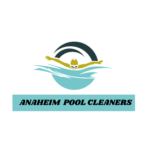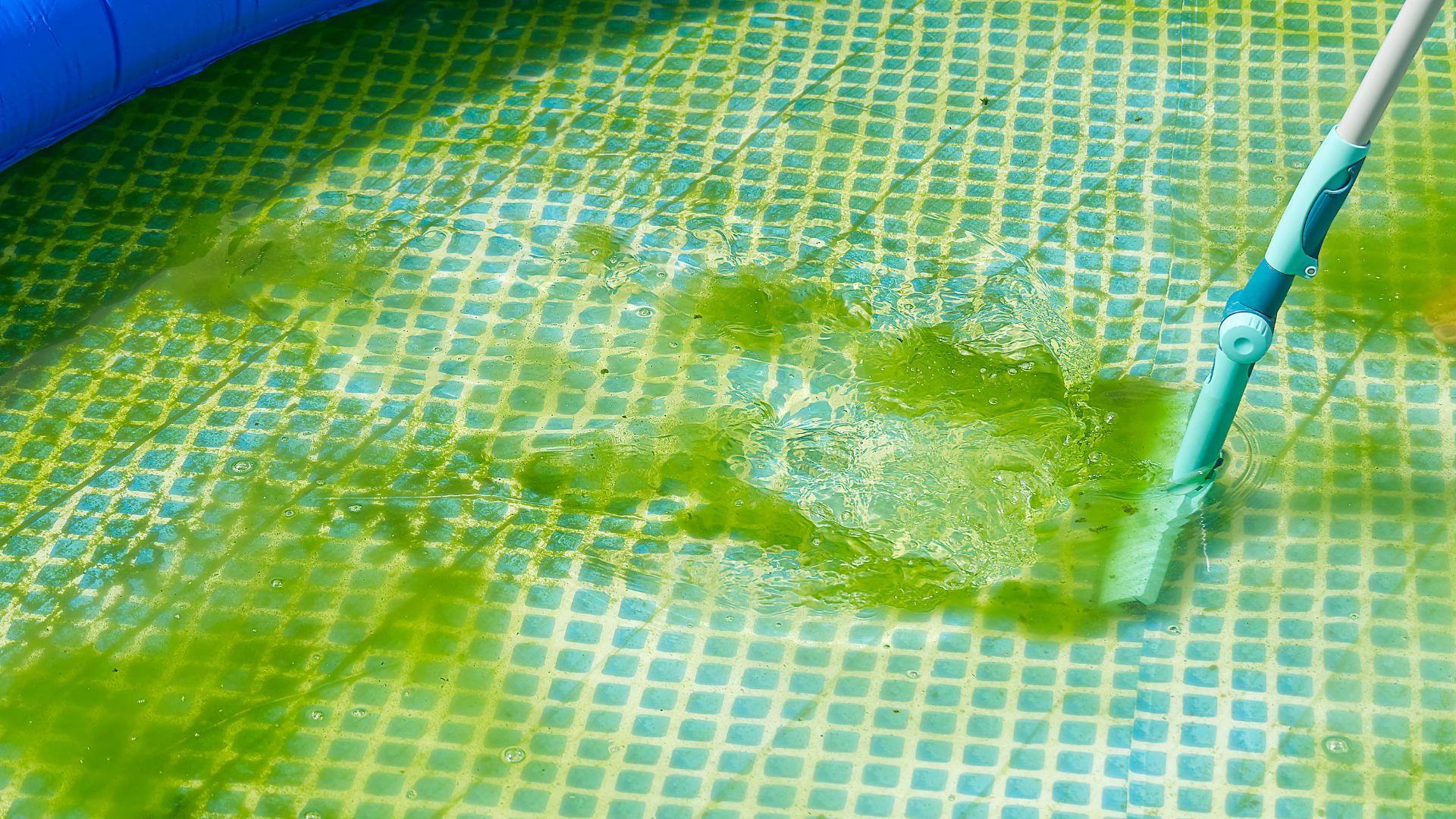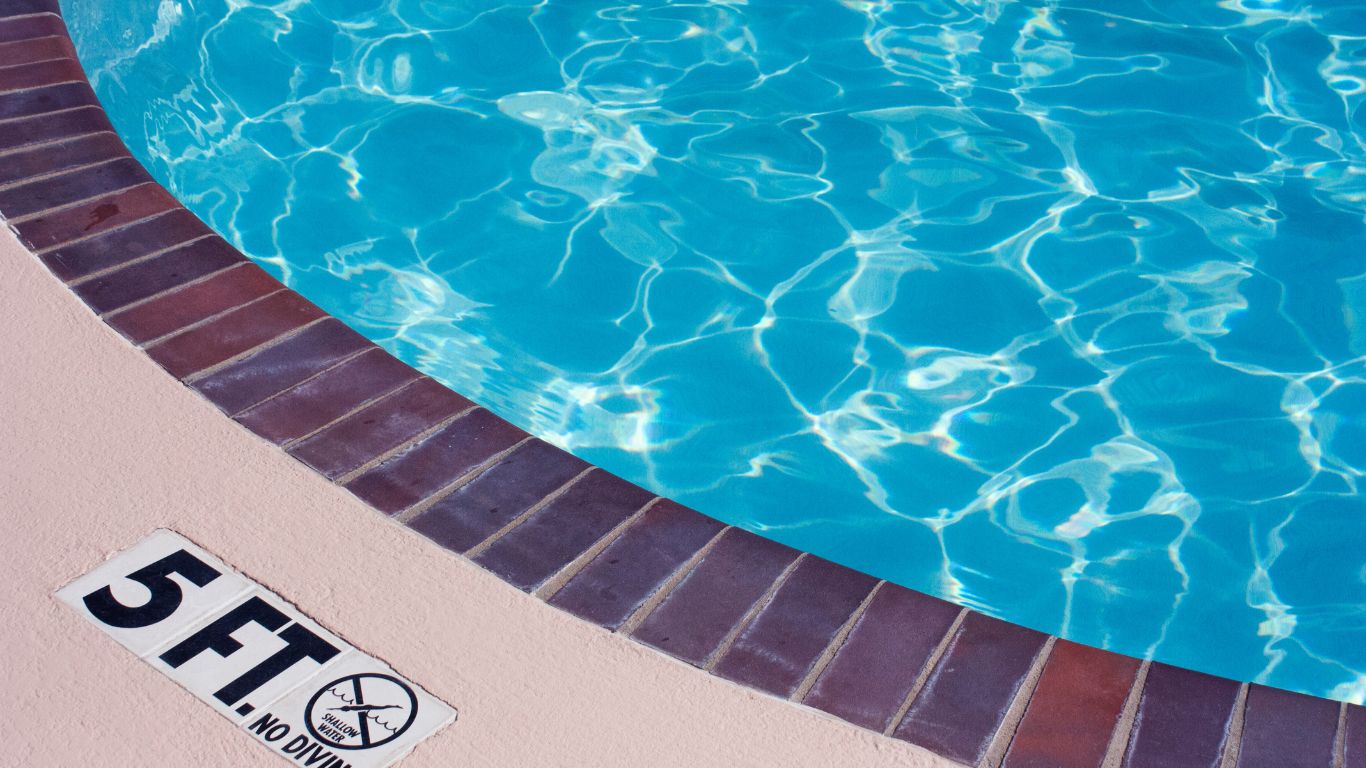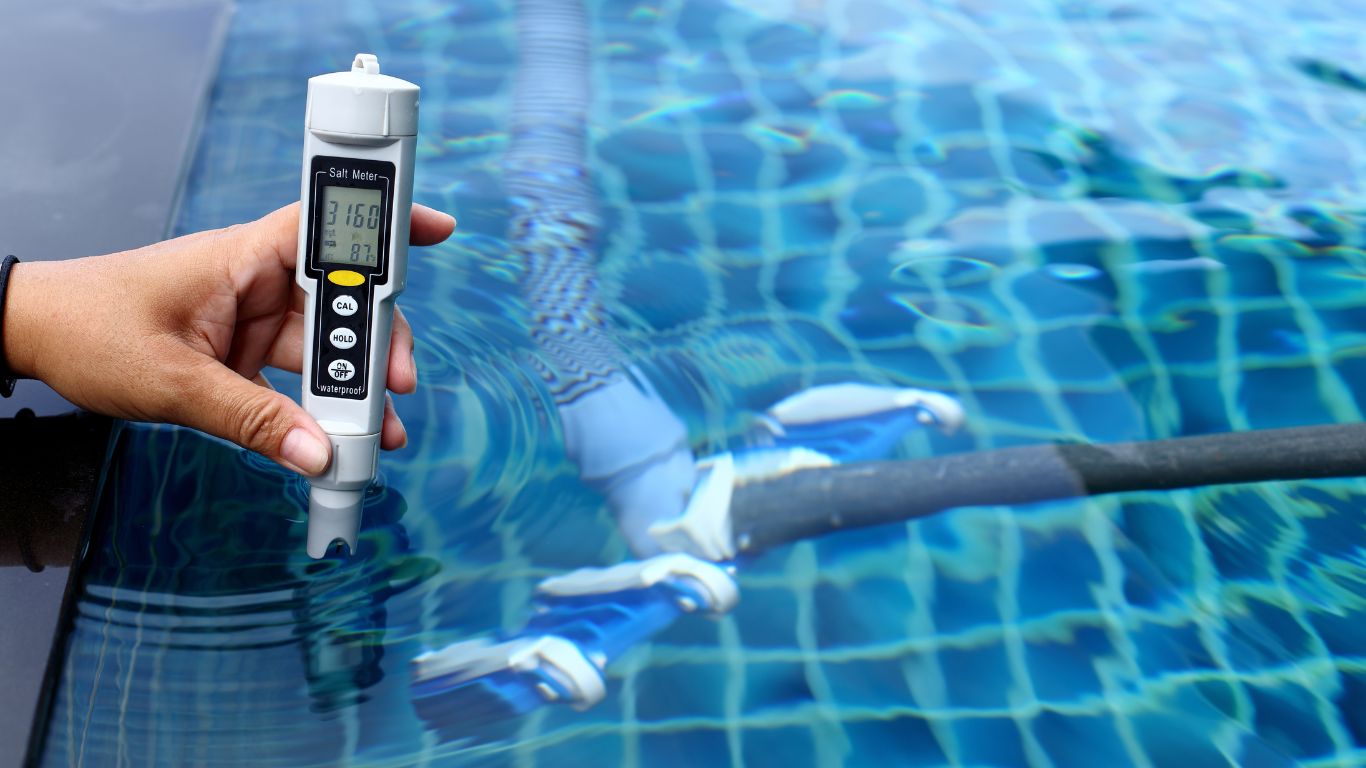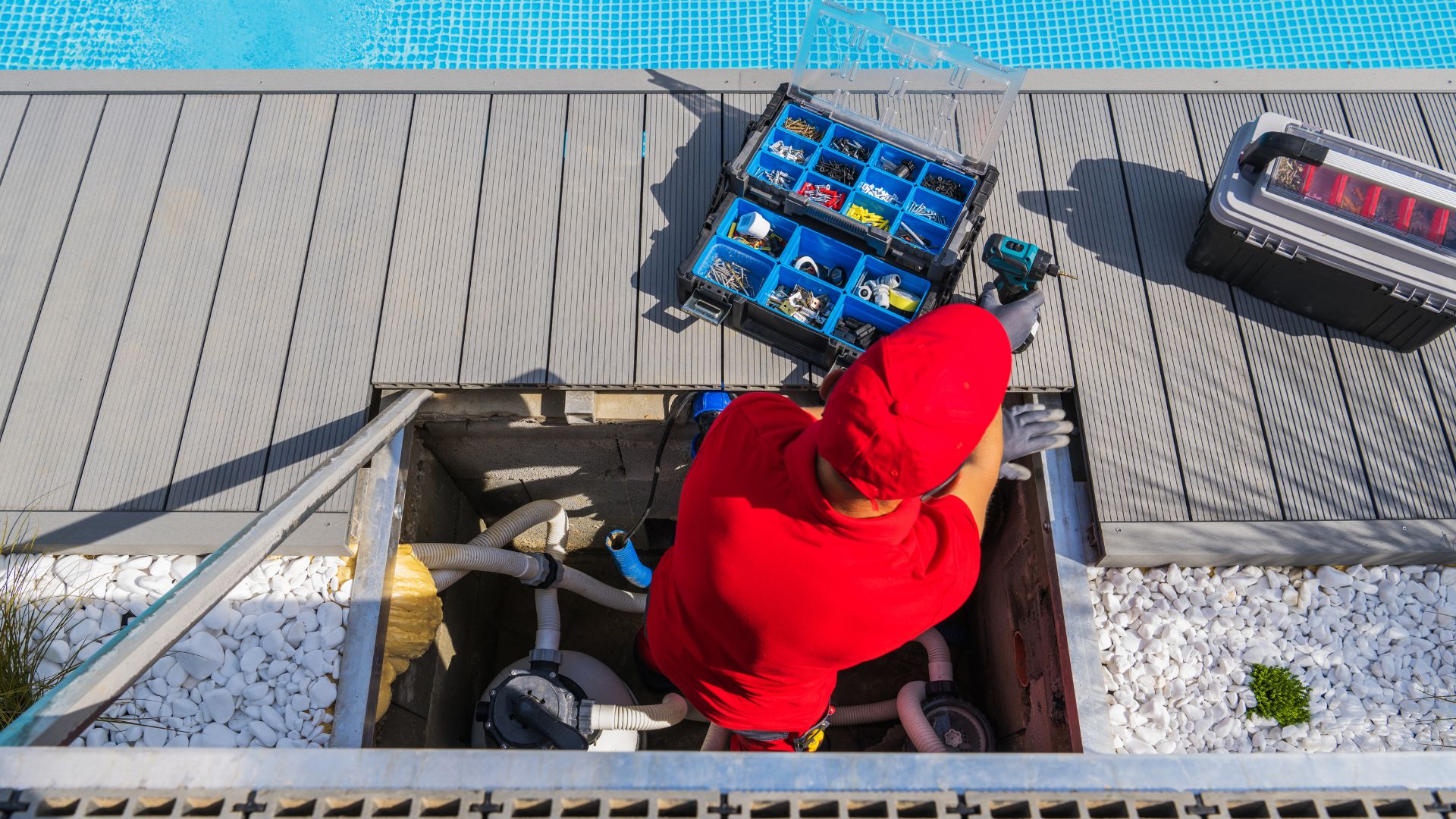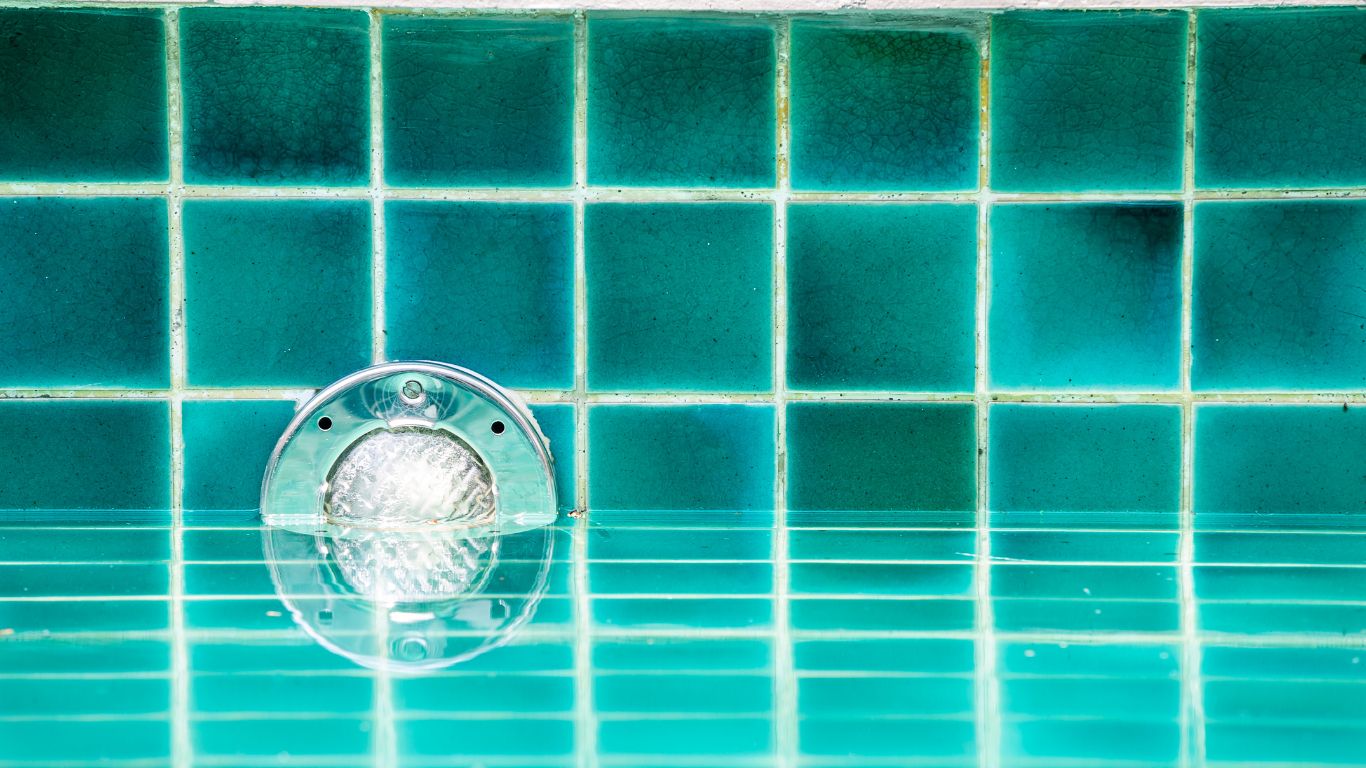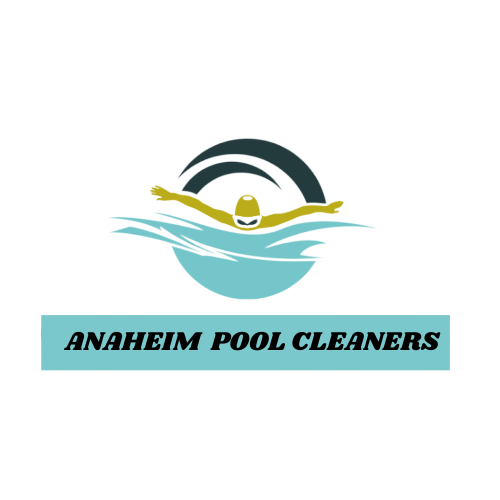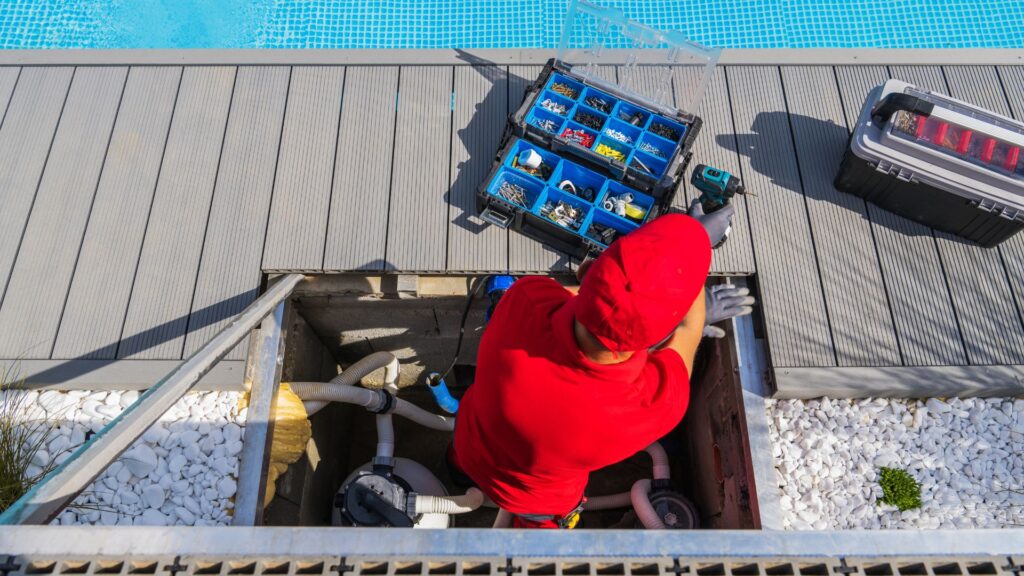
Are you tired of dealing with a pool pump that just won’t seem to work? Whether it’s old age or wear and tear, a faulty pool pump can put a damper on your summer fun. That’s where pool pump replacement services come in. Not only will replacing your pool pump improve the overall functionality of your pool, but it can also save you money on energy costs in the long run.
But how do you know if it’s time to replace your pool pump? And what factors should you consider when choosing the right replacement? In this blog, we’ll answer all of these questions and more. From DIY vs. professional replacement options to the step-by-step process involved in replacing your pool pump, we’ve got you covered so you can get back to enjoying your summer oasis.
Benefits Of Replacing Your Pool Pump
Swimming pool pumps play an essential role in maintaining your pool’s cleanliness and hygiene. Over time, however, these pumps can wear out or become outdated, leading to inefficiencies and potential problems. By replacing your pool pump, you can enjoy a host of benefits, including improved energy efficiency, reduced maintenance costs, and better overall pool performance.
Modern pumps often come with advanced features like variable speed options, which allow for more customized and efficient operation. Overall, replacing your pool pump can be a smart investment that not only saves you money but also helps protect the environment.
Signs That Your Pool Pump Needs Replacement
A pool pump is a crucial component of any swimming pool as it helps circulate water through the filtration system. However, like any other mechanical device, pool pumps also have a limited lifespan and may require replacement after some time. Here are some signs that your pool pump needs replacement:
- Age: The age of the pool pump is a significant factor in determining whether it needs replacement. Most pool pumps have a lifespan of 8-10 years, and if your pump has been in use for longer than that, it may be time for a replacement. An old pump can cause inefficient water circulation, leading to poor water quality and increased energy costs.
Unusual Noises: A pool pump should operate smoothly and quietly, but if you start to hear grinding, whining, or other unusual noises, it could be a sign that your pump is failing. This may be due to worn out bearings, impeller damage, or a failing motor. Continuing to use a pump that makes unusual noises could cause further damage and lead to costly repairs. Therefore, it is best to replace the pump as soon as possible.
Choosing The Right Pool Pump Replacement
When it comes to choosing the right pool pump replacement, there are a few things to keep in mind. First, consider the size of your pool and the required horsepower for a replacement pump. You want to make sure that your new pump is capable of properly circulating water throughout your pool. Additionally, opting for an energy-efficient option can save you money on electricity costs in the long run.
Check for compatibility with your existing filtration system and evaluate customer reviews and ratings of different replacement pumps before making a decision. Finally, consider the noise level of the replacement pump since a quieter pump can make for a more enjoyable pool experience. By carefully considering these factors, you can choose the best pool pump replacement for your needs and ensure that your pool stays in top condition.
Type Of Pool Pump
When it comes to choosing a replacement pool pump, it’s important to know the different types available. The three main options are single-speed, dual-speed, and variable-speed pumps. Single-speed pumps are the most common type of pool pump but are also the least energy-efficient. Dual-speed pumps offer a balance between energy efficiency and power, while variable-speed pumps are the most energy-efficient option and allow for more precise control over your pool’s circulation.
When selecting a replacement pump, consider factors such as your pool size, usage, and budget. If you’re looking to save on energy costs in the long run and want more control over your pool’s circulation, a variable-speed pump might be the right choice for you. On the other hand, if you have a smaller pool or are on a tight budget, a single-speed or dual-speed pump may be sufficient. Be sure to evaluate customer reviews and ratings before making your final decision to ensure that you choose the right type of replacement pump for your needs.
Size Of Pool Pump
Properly sizing your pool pump is essential to ensuring efficient and effective filtration of your pool water. Selecting the right size requires consideration of several factors, including the volume of water in your pool, desired flow rate, and plumbing configuration. A pump that is too small for your pool may not be able to circulate the water efficiently or provide adequate filtration, while a pump that is too large can waste energy and money. Consulting with a professional can help you determine the appropriate pump size based on your specific needs and circumstances. By choosing the right size pool pump, you can enjoy crystal clear water and save on energy costs in the long run.
DIY vs. Professional Pool Pump Replacement
When it comes to pool pump replacement, the decision of whether to go the DIY route or hire a professional can be daunting. While DIY replacement may seem cost-effective, it can lead to costly mistakes and safety hazards. Hiring a professional ensures proper installation and reduces the risk of future issues. Professionals have access to high-quality equipment and tools necessary for a successful replacement, which can save time and effort, allowing you to enjoy your pool sooner.
Moreover, a licensed professional has liability insurance that covers any accidental damage that may occur during the installation process. In contrast, if something goes wrong during a DIY installation, you will be responsible for all expenses incurred in repairing the damage. Ultimately, while DIY may seem like an attractive option at first glance, hiring a professional is the safer and more reliable choice for replacing your pool pump.
Pool Pump Replacement Process
Replacing a pool pump can seem like a daunting task, but it is a relatively straightforward process that can be done with the right tools and knowledge. Here is a basic outline of the pool pump replacement process:
- Turn off the power: Before you begin any work, make sure to turn off the power supply to the pump. You can do this by switching off the breaker in the electrical panel.
- Drain the water: Next, you need to drain the water from the pump and the surrounding pipes. You can do this by removing the drain plugs or opening the pump lid.
- Disconnect the pump: Disconnect the pump from the pipes by loosening the union nuts. You may need to use a wrench or pliers to do this.
- Remove the old pump: Once the pump is disconnected, you can remove it from its base by unscrewing the mounting bolts.
- Install the new pump: Install the new pump on the base and secure it with the mounting bolts. Reconnect the pipes and tighten the union nuts.
- Prime the pump: Before you turn the power back on, you need to prime the pump by filling it with water. You can do this by pouring water into the pump basket until it is full.
- Turn on the power: Finally, turn on the power supply to the pump and check for any leaks or unusual noises. If everything looks and sounds good, your new pump is ready to use!
Conclusion
Replacing your pool pump can save you money, energy, and keep your pool clean and safe for swimming. If you notice any signs of wear and tear or malfunction, it’s time to replace the pump. Choosing the right type and size of the pump is essential to maintain a proper water flow rate and avoid any further damage. While DIY replacement may seem tempting, it’s always better to hire professionals who have the expertise and experience to handle the job efficiently. At Anaheim, Anaheim Pool Cleaners in Anaheim, CA , we provide quality pool pump replacement services to ensure your pool is up and running in no time. Contact us today at 714-492-1790 for your pool pump replacement needs! Our team of experts will guide you through the process and ensure that your new pump runs smoothly for years to come.
